Vintage Tribal Kilim Runner 3' 1" x 9' 4" (37" x 112")
This item has just been sold
Type:
Kilim RugsCollection:
Tribal RunnersID:
K0077552Size:
Material:
The designs feature a rich array of symbols representing tribal culture and Anatolian motifs, often in the form of medallions, diamonds, and other geometric shapes.
The designs feature a rich array of symbols representing tribal culture and Anatolian motifs, often in the form of medallions, diamonds, and other geometric shapes. These kilim runners are ideal for hallways and narrow spaces, offering a touch of ethnic charm and artisanal quality to any interior.
Herki kilims not only serve as functional floor coverings but also as artistic expressions of tribal identity, making each rug a unique cultural artifact.
Design Elements
- Pattern: The runner features a symmetrical design with repeating geometric shapes that create a strong visual rhythm. The central diamond motifs are surrounded by intricate borders that enhance the overall structure.
- Shape: Dominant diamond shapes symbolize prosperity and strength in many tribal cultures. These forms are balanced by rectangular and triangular elements that add depth and texture.
- Texture: The use of wool in the weave contributes to a rich tactile experience. Vintage kilims typically exhibit a flatweave technique, lending a smooth finish that is both durable and aesthetically pleasing.
- Borders: The contrasting border design frames the main elements of the rug, creating a sense of enclosure and emphasis. Borders incorporate smaller motifs that tell their unique stories.
Colors
- Pinks and Reds: These vibrant colors evoke feelings of warmth and energy. They are associated with passion and love in various cultures.
- Yellows and Oranges: Bright shades of yellow and orange bring forth a sense of joy and vitality. These colors often symbolize happiness and abundance.
- Blues and Teals: The cooler shades provide balance and contrast, representing calmness and tranquility. They are often indicative of protection and stability.
- Neutrals: Earthy tones ground the design, symbolizing nature and grounding energies. They represent resilience and reliability.
Main Motifs and Their Symbolism
- Diamonds: Representing wealth, prosperity, and fertility, diamond shapes are central to the kilim's design and convey the hopes and aspirations of the weavers.
- Crosses and Stars: Symbolizing spiritual connection and guidance, these motifs serve to protect the home and inhabitants from negative energies.
- Waves and Curves: Representing movement and flow, these shapes suggest adaptability and the importance of being in harmony with one’s surroundings.
- Flowers and Leaves: These motifs signify growth, renewal, and the cycle of life, reflecting the deep connection the weavers have with nature.
Summary
The vintage tribal kilim runner showcases an array of vibrant colors and intricate design elements. The geometric patterns, especially the diamond shapes, communicate themes of prosperity and strength. The color palette evokes emotions ranging from warmth and joy to calmness and stability. The motifs used throughout the rug not only enhance its visual appeal but also carry deep symbolic meanings, reflecting the culture and beliefs of the weavers. Overall, this kilim serves as both a decorative piece and a vessel of cultural significance.
- Ships in 1-4 business days
- Only one in stock, handmade, unique
- Free shipping via FedEx Express. Easy returns
- Contact us or add a note to your order if you want us to delay your shipping.
- Request more info if you want this rug shorter or narrower
Colors may appear slightly different across various monitors due to screen settings device differences, and external lighting conditions. If color accuracy is important for your space, we recommend viewing the rug on multiple devices or contacting us for a detailed color description. We can provide detailed photos and references using Sherwin-Williams, Benjamin Moore, Pantone, or even Crayola crayons.
You can also visualize most of our products in your own room with AR (augmented reality) on an iPhone or iPad.
Return Policy
Need a rug pad? We recommend RugPadUSA
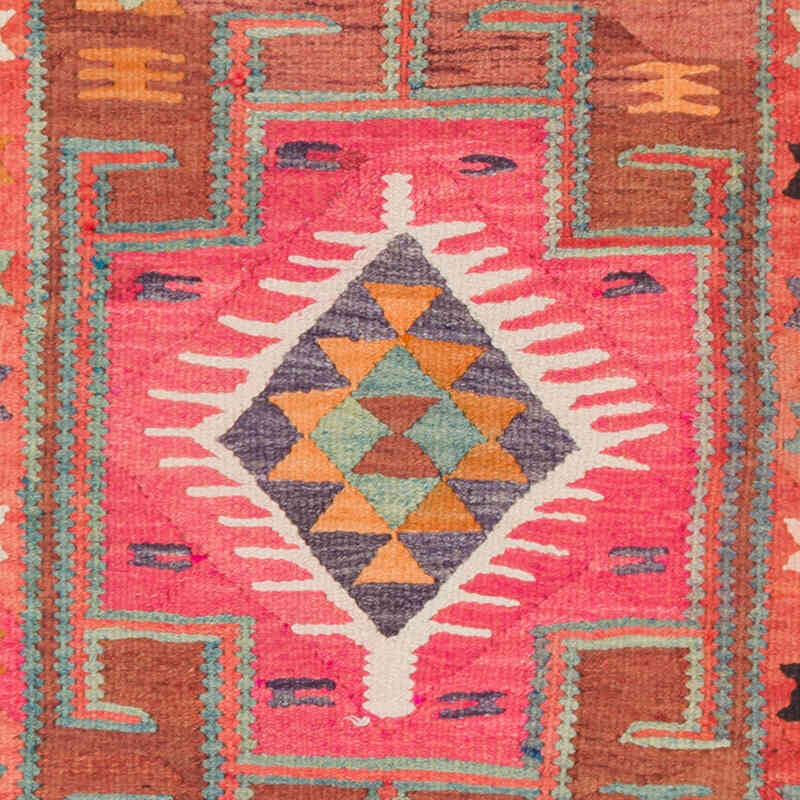

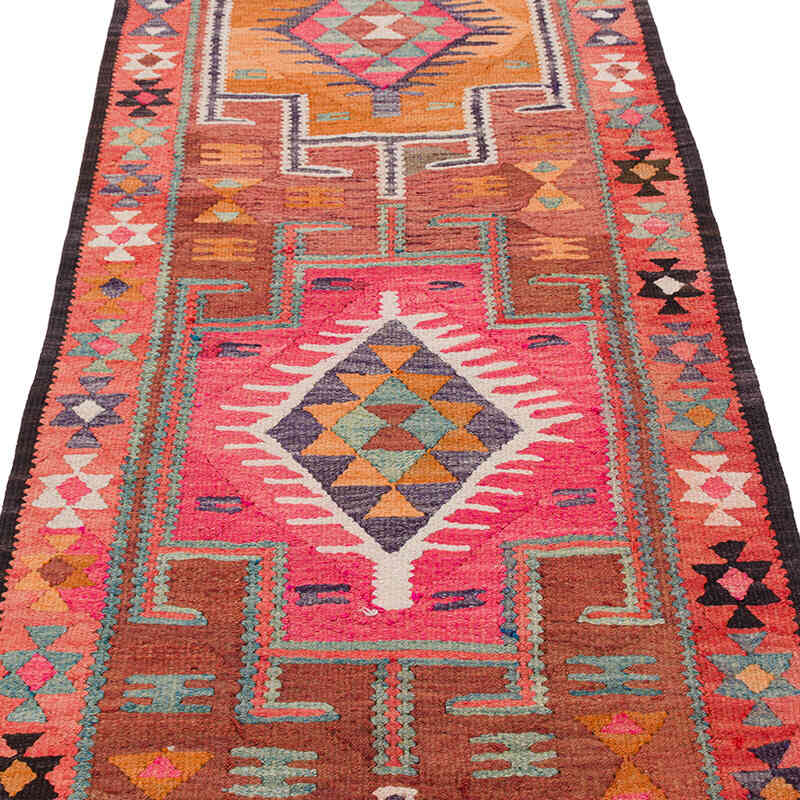
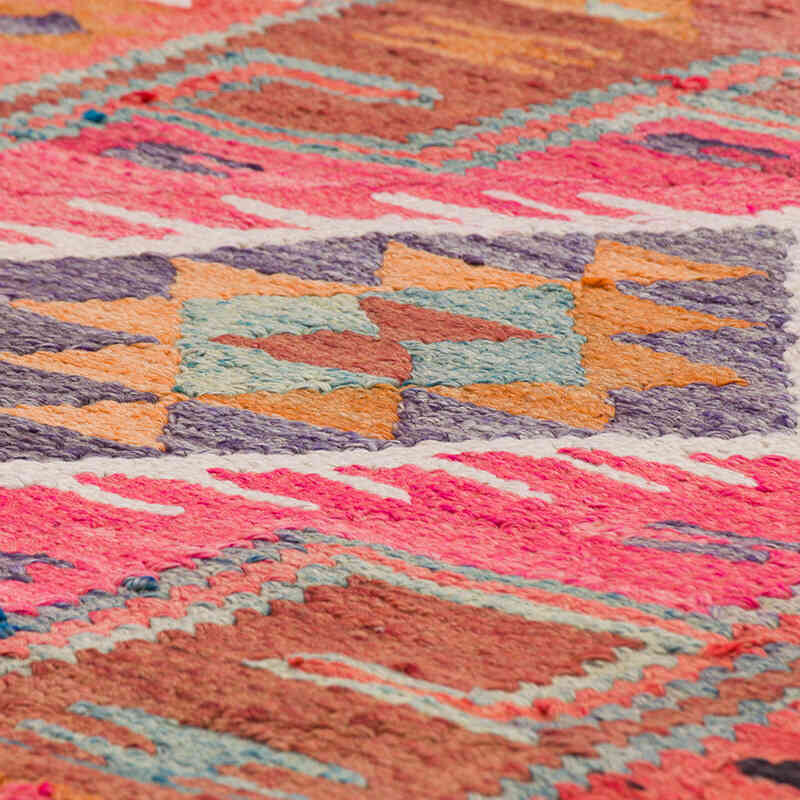
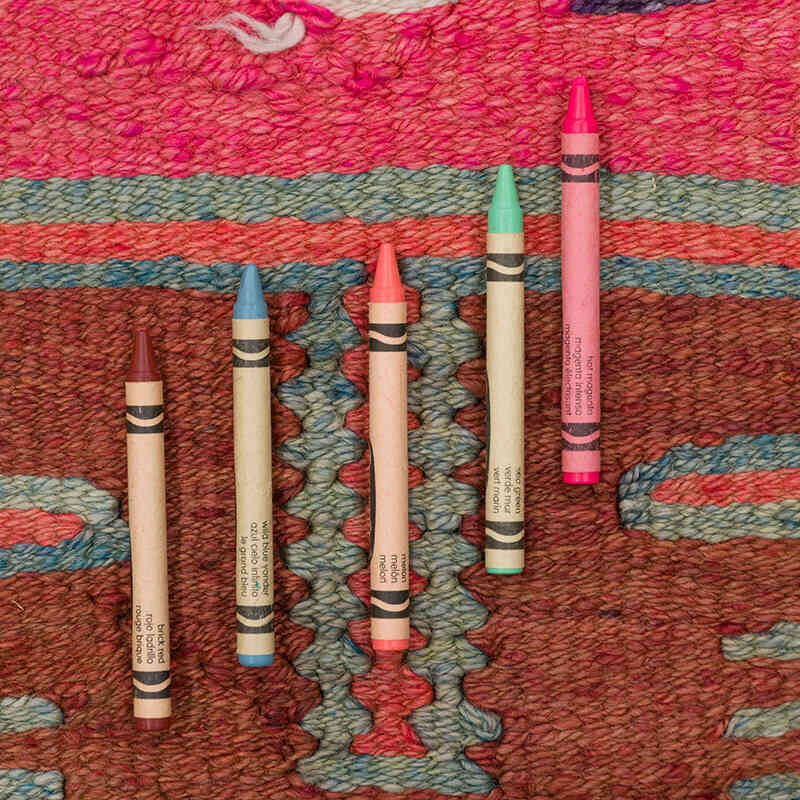
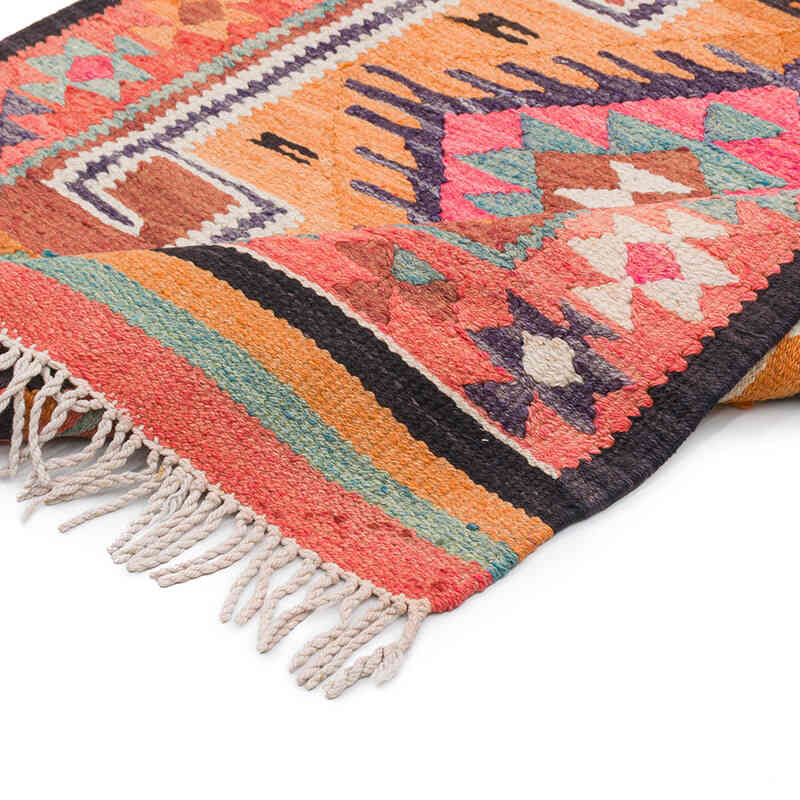











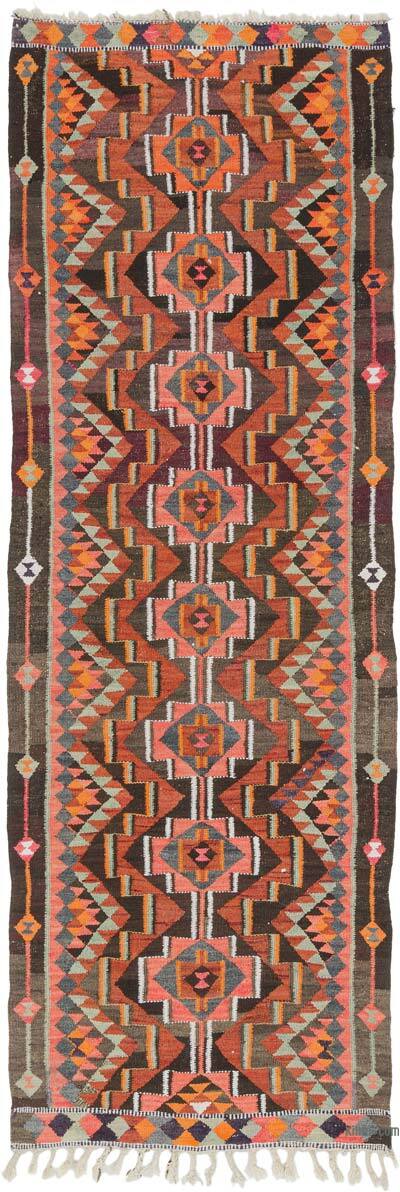




I recommend